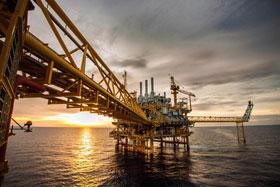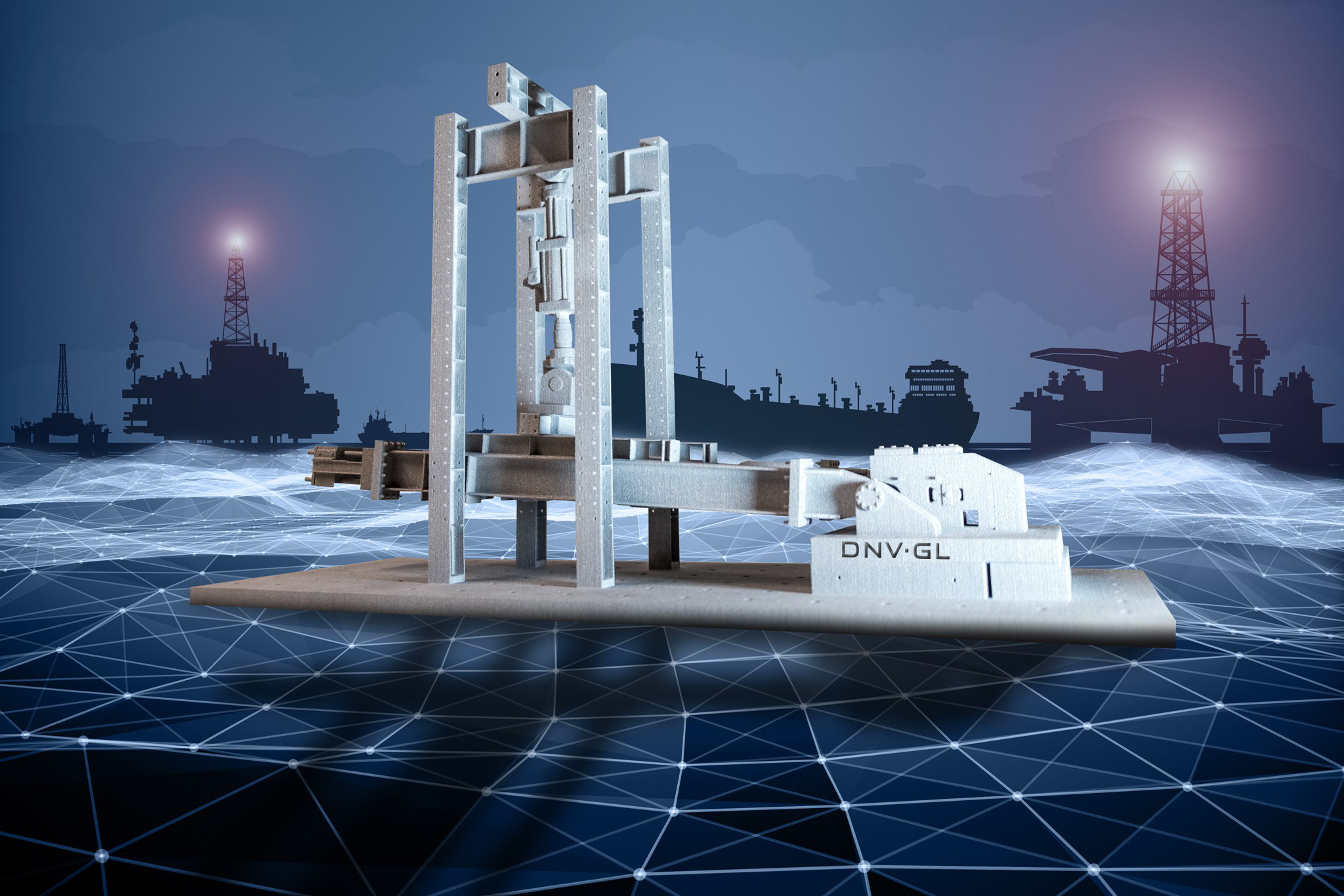This is a guest contribution by Vasilii Kiselev, Founder and CEO at Top3DGroup
One of the key issues of the modern oil and gas industry is the lack of qualified professionals. The heads of the majority of oil and gas companies are worried about finding the replacement for experienced workers who are about to retire. They also might be looking for ways to start working on a new site without delay. The lack of people is usually the bottleneck that slows down the project launch and limits the increase of oil production.


A company working in the industry should use new training methods to prepare the new generation of experts. Using innovative techniques, more demonstrative, and tangible test models will help to train the engineers and workers more quickly and effectively. It’s especially important for preparing the experts that do installation and repair at the offshore drilling platforms.
3D Printing for Training Drill Platform Workers
In 2010, a company named Subsea Solutions developed a training method for oil platform workers. It was based on 3D printing, and its main feature was to allow the trainees to touch real test examples of parts and components that the engineers and workers will interact with within real-life conditions.
According to Stan Bugara, CEO of Subsea Solutions, the training process wasn’t effective before integrating 3D technologies. It mainly included PowerPoint presentations. The company saw the need for interactivity and practice and the importance of using physical models.


But producing such models on an industrial scale was always expensive. This was the reason why Subsea Solutions decided to use powder-based 3D printing and install a device at their own office. The machine of choice was ProJet 660 Pro, a full-color 3D printer that works with gypsum-based powder.
Stan says that they realized that 3D printing-based training is the future after producing the first prints. The technology allowed them to provide experience with tangible objects for trainees. It was not possible before and it’s incredibly important for future fieldwork.
They quickly understood the importance of 3D technologies for specialist training. Modeling and 3D printing materials were subsequently integrated into the courses for engineers, repairers, installation workers, and others.


According to Mariza Alvares, the Vice President at Subsea Solutions, their company was among the first ones to use 3D technologies for training in the oil-gas industry. Their courses were attended by the representatives of other companies after some time. This proves how efficient they are
The Development of Learning Aids with the Help of 3D Technologies
Subsea Solutions is constantly developing the abilities of 3D printed objects for studying. The first models were fully stationary and existed only as visual aids, but 3D printing specialists added more functionality to the models.
According to Barry Calnan, the head of 3D printing studying software department, the goal is maximum possible accuracy. That will allow those who attend the courses to get incredibly important practical skills of working with the parts.


Currently, the company is using the third generation of 3D printed learning objects. The original ones were stationary, the second generation allowed the trainees to assemble and disassemble complex structures. The third generation of models are fully functional, can be disassembled, and include moving parts.
It’s important to mention, that 3D printed physical models are only a part (but an important one) of complex learning systems based on 3D technologies and developed in Subsea Solutions. As an example, it also includes interactive presentations and examination of 3D models of parts and components using 3D glasses.


 Home
Home










